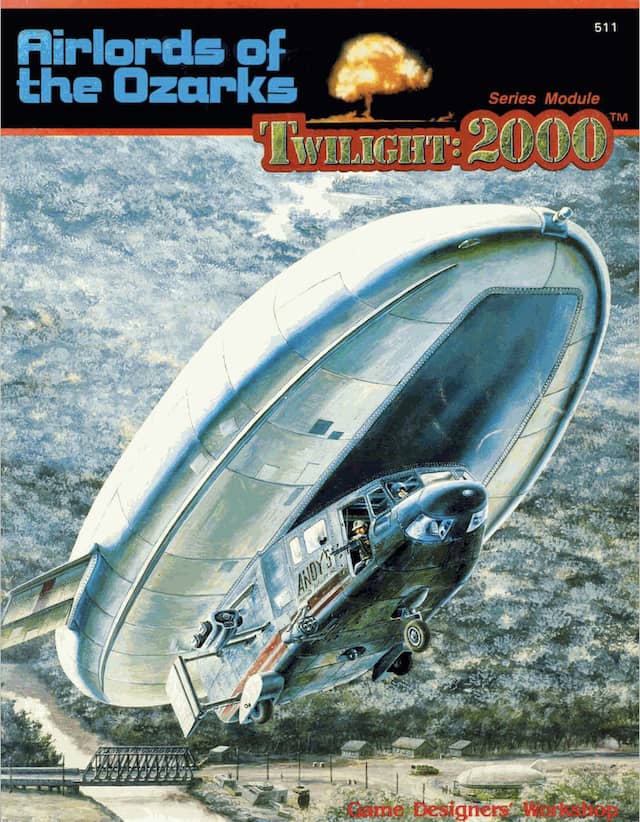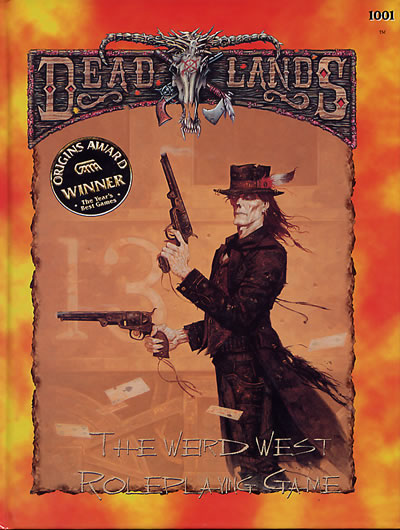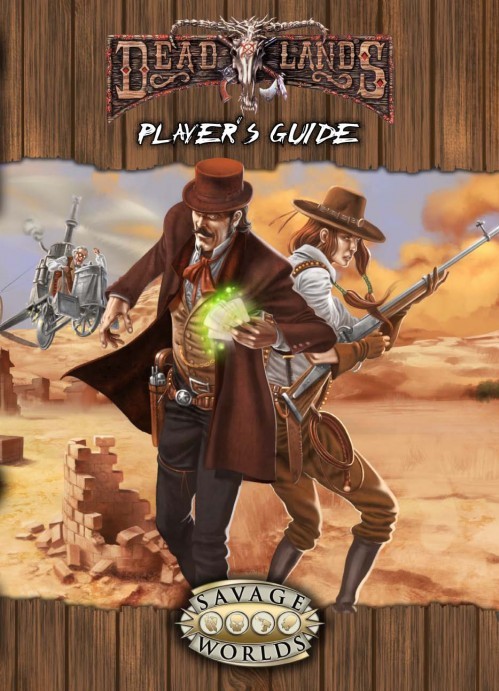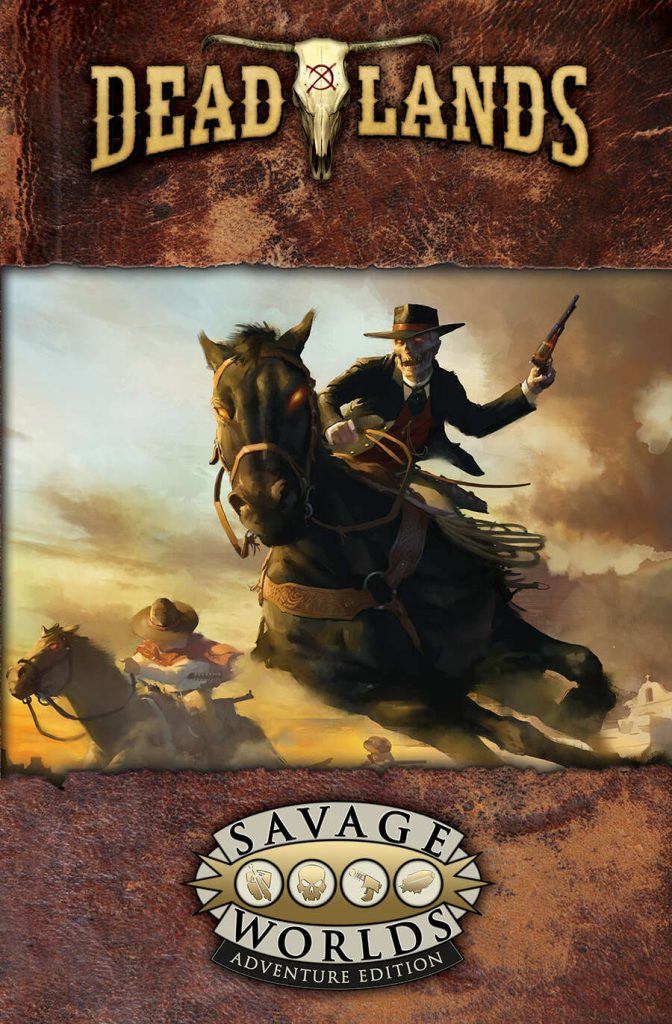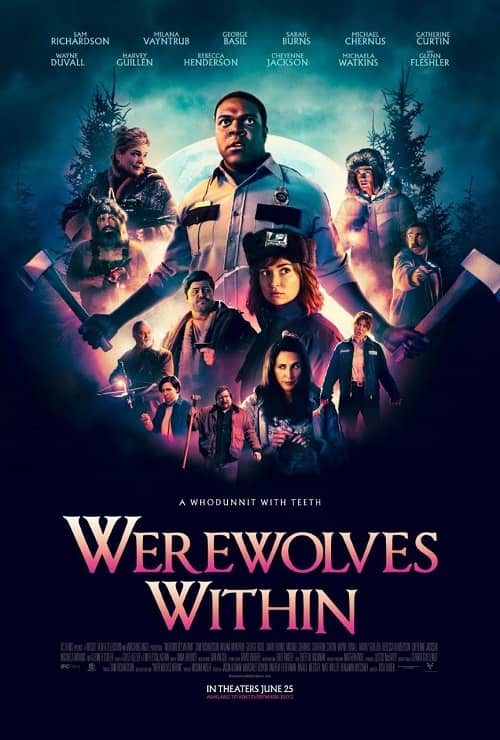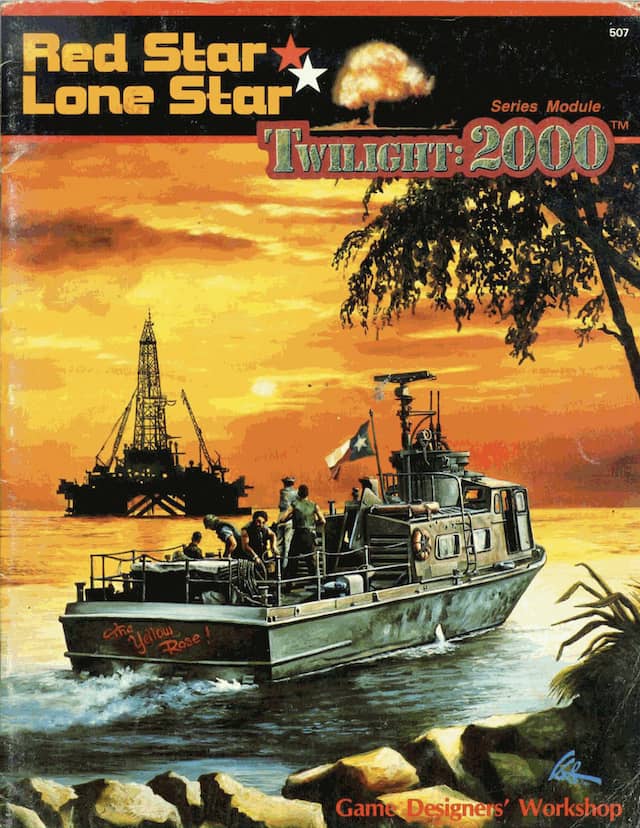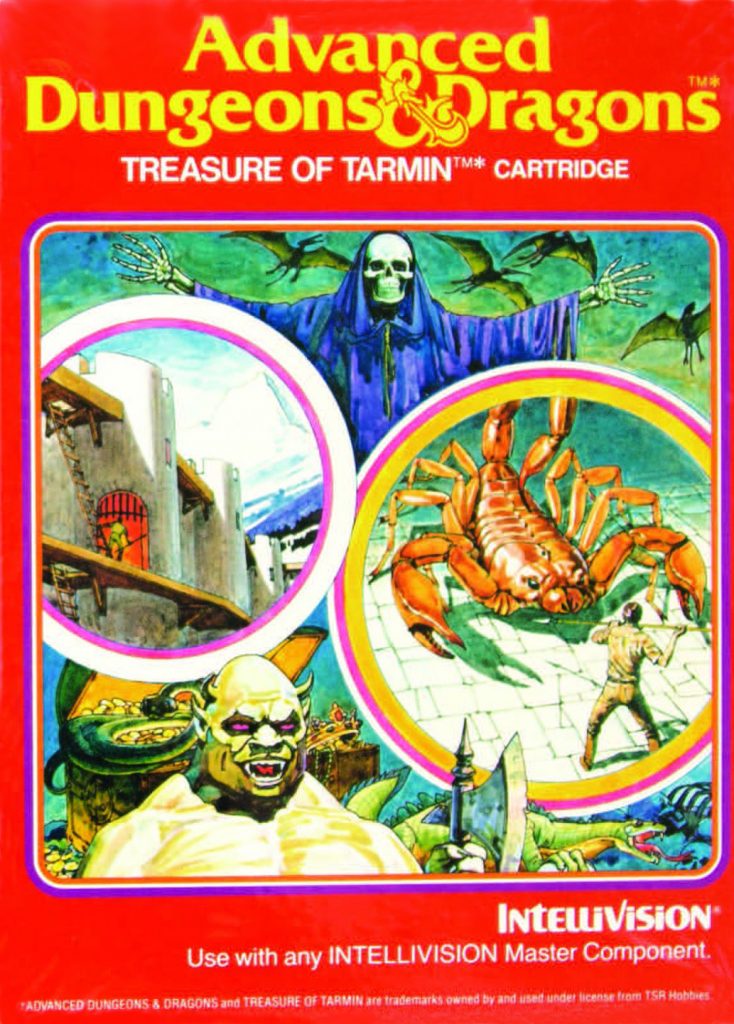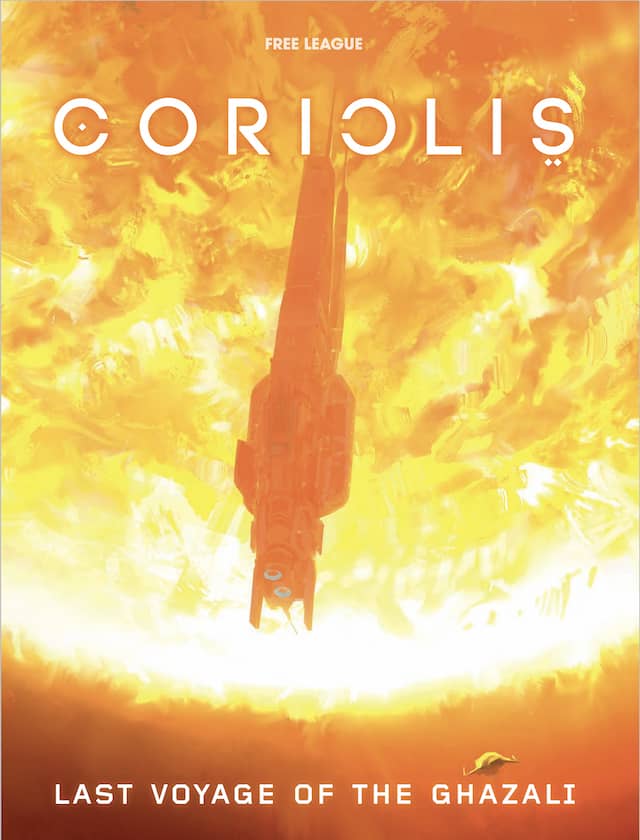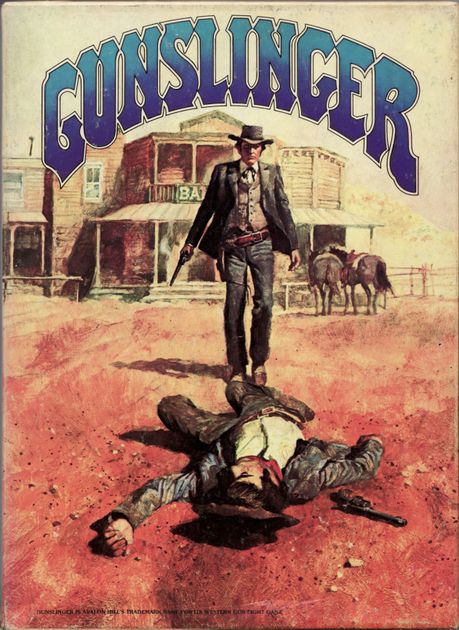Reckoning: Twilight: 2000‘s American Campaign, Part III
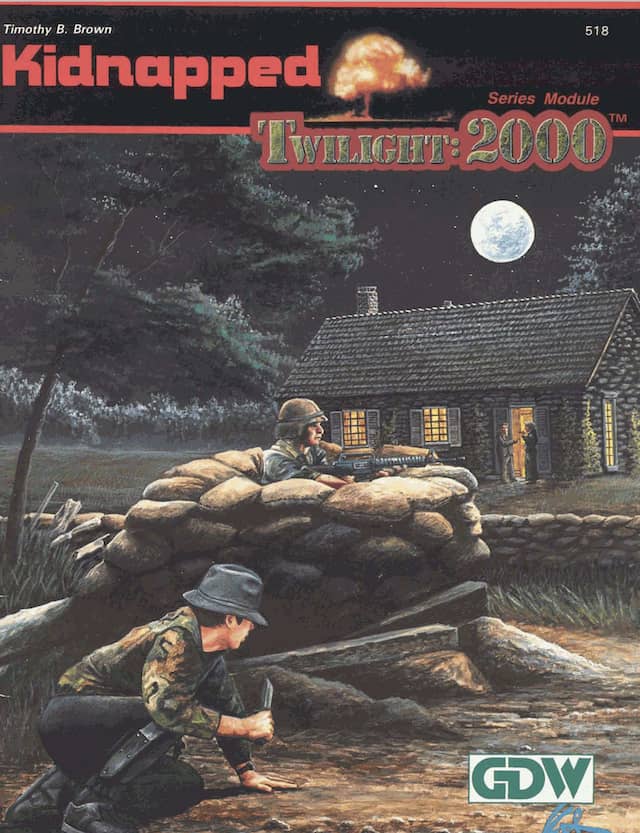
This is the third of three articles covering GDW’s published adventures in the “American Campaign” for Twilight: 2000’s first edition. The first, “From the Mountains to the Oceans,” can be read here, Part 2 is here.
The final three adventures of Twilight: 2000’s American campaign leap from Pennsylvania to Los Angeles to Baja Mexico. Twilight: 2000, GDW’s apocalyptic World War III RPG first released in the 1980s, always kept a firm eye on the individuals — usually US soldiers negotiating this challenging environment — while incorporating broader events. For the American campaign of adventures, the primary broader event has been the rising power of New America — a fascist tyranny run by the mysterious Charles Hughes — using its power and the competing US government’s two halves (MilGov and CivGov) to establish control over ever more area. New America has been a prominent opponent in the earlier adventures Airlords of the Ozarks, Urban Guerrilla, and Gateway to the Spanish Main.

